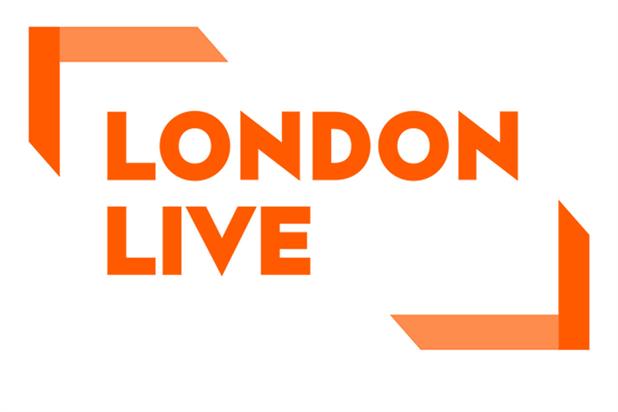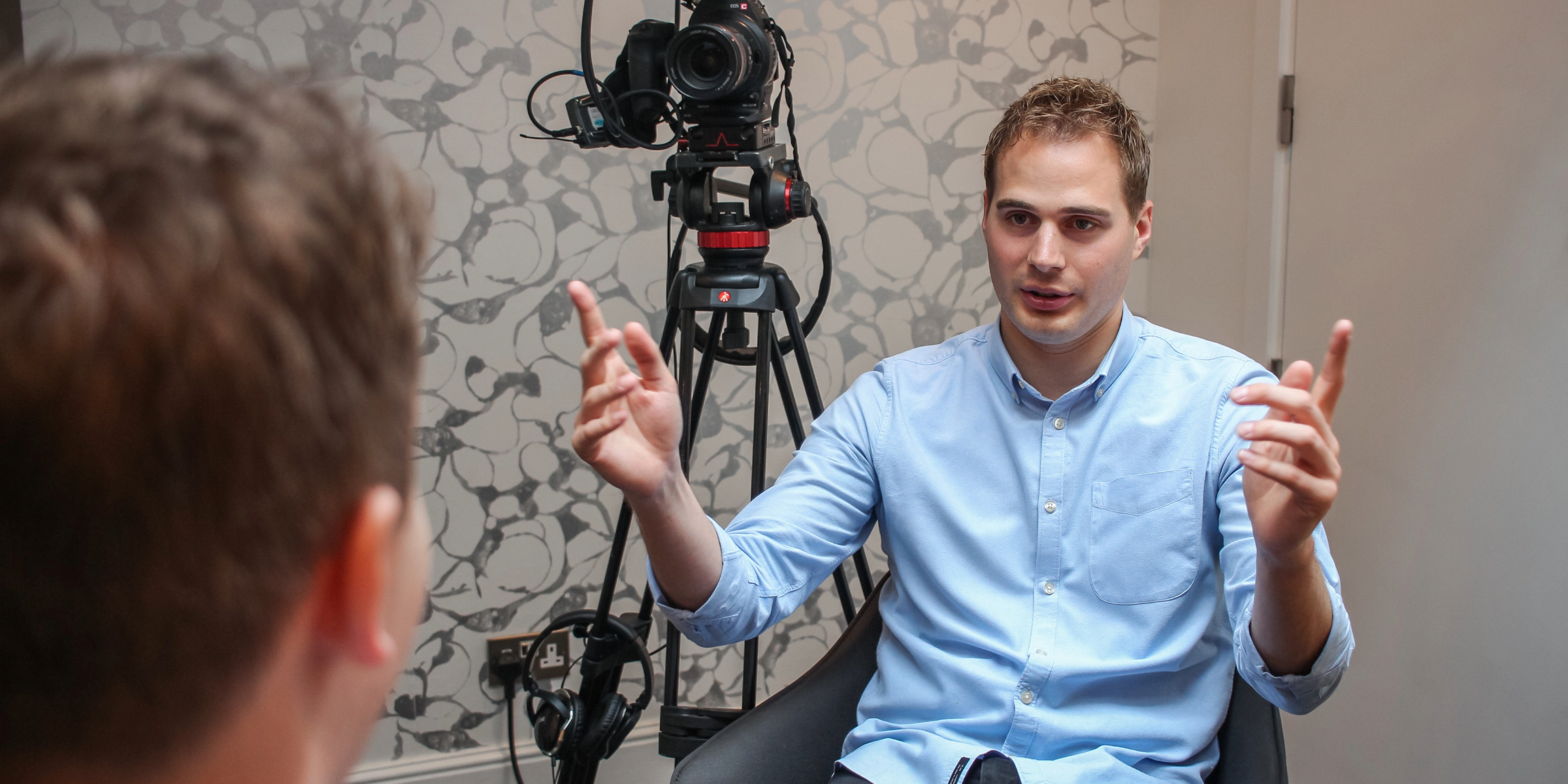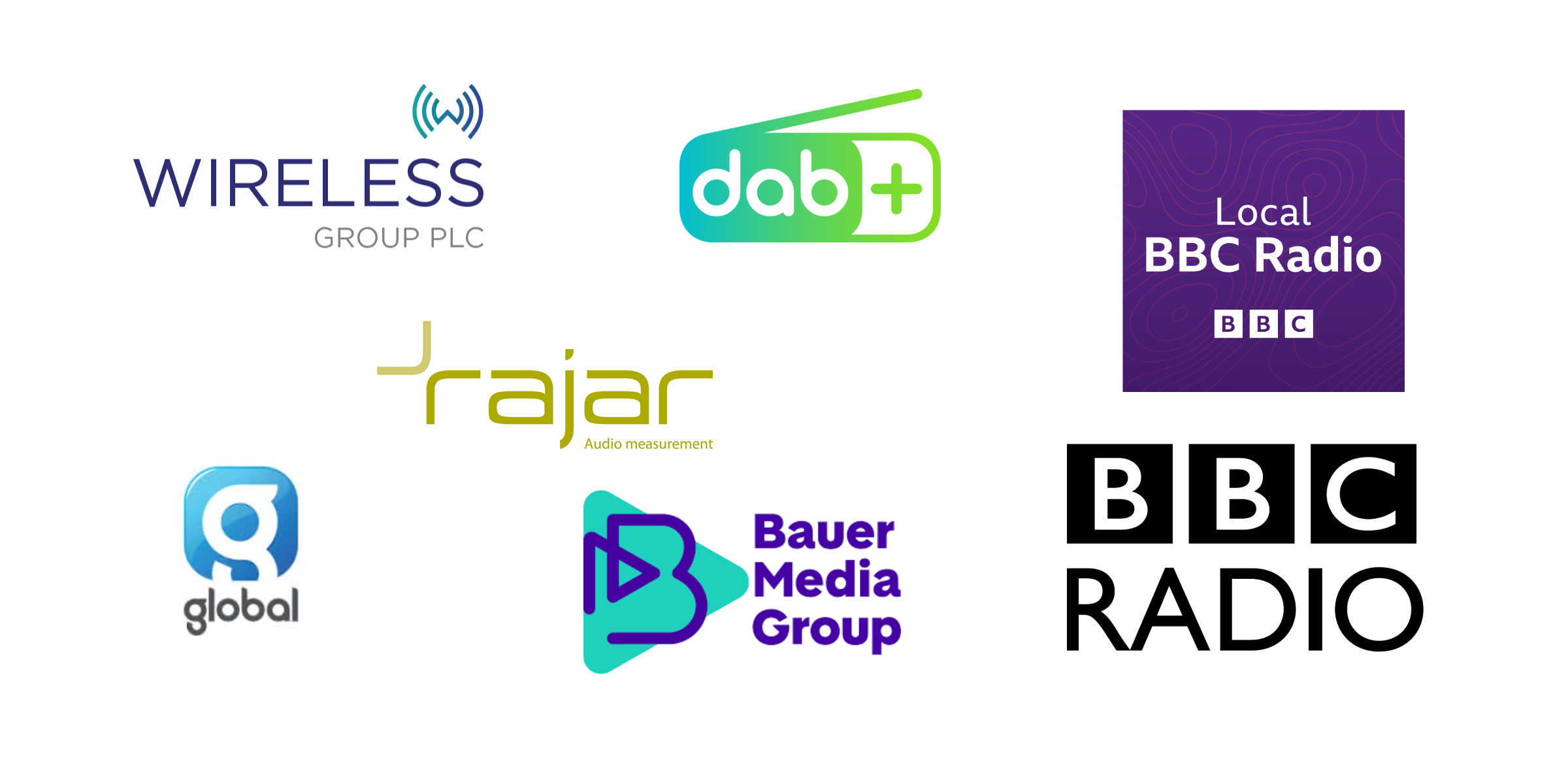We recently had the pleasure of hosting Jim Grice, Head of News and Current Affairs at London Live, at Shout! Communications for a ‘Small Talk’. As a regional and national media veteran, we knew Jim’s insights would be invaluable to us and our guests, so we’d like to share them with those of you who weren’t there.
Jim has worked his way up from BBC regional radio to where he is now through stints in regional BBC television, helping to re-launch Channel 5 News and also time at the Press Association. He knows what makes a good story – and more importantly in his role now, he knows what matters to Londoners specifically. I could go on for several paragraphs about Jim’s advice for pitching to TV producers, but I’m sure you’re just after the top tips, so here goes…
This is custom heading element
You may think this is an obvious point to make, but you’d be amazed how many PR pitches are sent to the likes of London Live without considering the most important question – what are we going to see? Jim says this is something his old mentors etched in his brain, and he now does the same with his team. You could be pitching the best story in the world, but if you don’t have accompanying footage or interview opportunities available, then there’s no point in offering it up for TV. The main elements to keep in mind are:
- Can you film new B-roll or, failing that, offer up existing B-roll? B-roll is 7-8 minutes of roughly edited footage filmed in a news style, which is sent to broadcasters free of copyright.
Willing and available spokespeople
Again, you may be thinking that’s an obvious one, but Jim told us how frustrating it is for their team when the main and most crucial spokesperson for a campaign is unavailable at the last minute. And he says it happens all too often. For instance, if it’s a national story with a London spokesperson and that local speaker pulls out, it’s unlikely London Live would be able to cover the story in the same way, or at all. If you’ve offered up a spokesperson, you need to be 100% sure that they are willing and available to appear on television before offering them up to media. Flexibility is key! Keep in mind that all spokespeople should be media trained before appearing on radio or television, to make the most of the opportunity.
If you’re enjoying this blog, read about our most recent Big Talk here.
Case studies
This element is linked to spokespeople, but it’s the most critical one you can offer – the all-important case study. Being able to offer up someone who can speak from experience or share their story is the best way to humanise a story, and broadcasters love it. This works particularly well if it’s a health or consumer story as it can really bring it to life. Don’t just tell people about a life-saving drug, show them someone who has benefited from it! Case studies will get your point across far more effectively than a branded spokesperson would. You can still fully brief a case study to be ‘on message’, just be sure to line them up well in advance of the date they would be needed.
In summary… Sometimes you may think TV producers are asking for the world. Having worked in broadcast, I can tell you they’re not! Pitching to television just needs a little more thought and creativity, so be prepared to start planning all the elements months in advance. I assure you it can be done and won’t be nearly as tricky to manage the logistics as it may sound! So, hopefully this blog has helped you to understand the basic elements needed in order to make your campaign more likely to appear on TV. If you’d like to let the broadcast experts do the pitching for you (yes, that’s us here at Shout! Communications!) then we’d love to here from you, but until then… happy pitching!




